Allan Chasey: Embracing his construction destiny
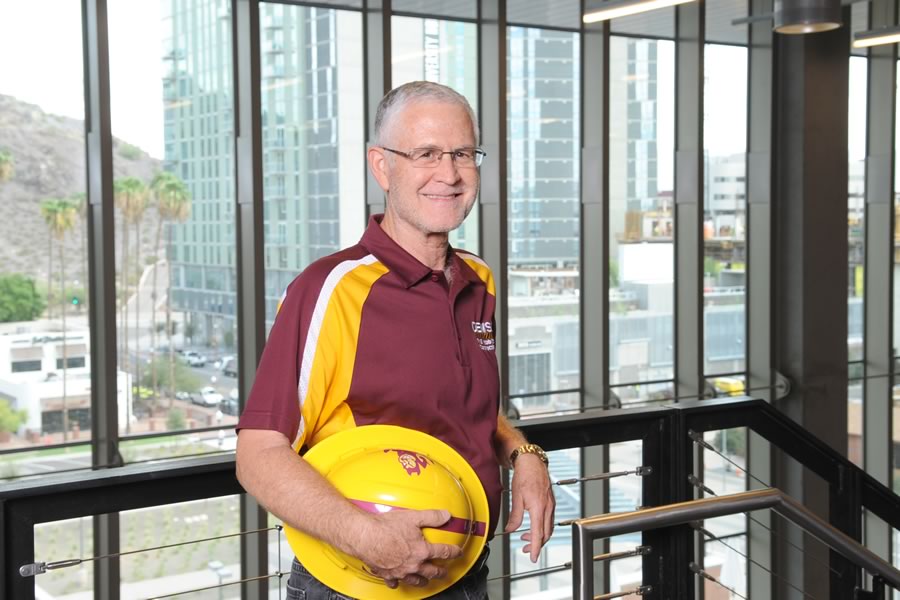
“I enjoy seeing buildings going up. There are few professions where you can go back 20 to 30 years later and say, ‘I had something to do with that.’”
Editor’s note: Allan Chasey retired in the fall of 2016, but his construction management legacy lives on in the DEWSC.
Allan Chasey was destined to be in construction. He just didn’t start out headed that way.
Chasey is an associate professor and (former) program chair of the the Del E. Webb School of Construction, part of the School of Sustainable Engineering and the Built Environment, one of the Ira A. Fulton Schools of Engineering at Arizona State University.
He grew up in Laramie, Wyoming, where his father was the vice principal of the high school, then principal of the junior high, and his mother worked in the registrar’s office at the University of Wyoming.
Chasey’s father came to ASU to teach in the College of Education, and Chasey enrolled in architecture.
“The first year was all about art, and I couldn’t draw a straight line,” Chasey said. “I’m not an artist.”
So he moved to civil engineering, but still he struggled, and he decided he wanted to try construction.
“It was my junior year, second semester,” Chasey said. “I went to one of my professors and told him I wanted to transfer to the construction program. He told me to stick it out in civil engineering, which I did, but I never used my civil engineering degree.”
Chasey said he wasn’t a focused undergraduate student, which in his generation could prove dangerous.
“I got an incomplete in my electrical engineering class. It was 1967-68, the height of the Vietnam War, and the draft was on. I got my draft notice, and within three weeks, I was in ROTC, taking classes.”
He graduated and got his commission.
“I joined the Air Force to see the world, and was stationed at Davis-Monthan Air Force Base in Tucson,” Chasey said, chuckling. “I was there for 22 years, two as military and the rest as a civilian.”
Chasey was in charge of all the construction projects on the base: from tennis courts to commissary, housing to runways. He also ran the trash and custodial contracts.
“I had an 11-person inspector department and projects in Fort Huachuca an Washington state.”
The Air Force sent Chasey to Wright-Patterson Air Force Base, where he earned his master’s degree in engineering management from the Air Force Institute of Technology.
He saw an ad for professors at the engineering school at Arizona State University and decided to apply.
“I talked to Bill Badger, who was the school’s director, and he told me I would need a doctorate,” Chasey said. “My wife said, ‘If you really want to do this, you need to go back to school.’ ”
So the man who hadn’t really liked college got a fellowship at Virginia Tech and began working on his third degree.
While he was in his final year of study, the academic committee of the national Construction Industry Institute met at Virginia Tech. The doctoral students were asked to present to the committee, which included Badger.
“I asked if he remembered me,” Chasey said. “He said, ‘Remind me.’ I reminded him of our conversation, told him I was finishing my Ph.D. that year. He hired me.”
When Chasey started teaching at ASU, semiconductor plants were booming in the Phoenix area, and Bob Predmore, Motorola’s director of construction, told ASU they needed a course on how to build them.
Chasey was asked to create the curriculum, which later evolved into ASU’s research center, Construction Research and Education for Advanced Technology Environments (CREATE). CREATE researches the best ways to develop advanced technology facilities, which include data centers, hospitals, pharmaceutical plans and semiconductor plants.
“That was 1997, and it is still going,” Chasey said.
When Chasey became program chair of the Del E. Webb School of Construction, he knew that, to be a premier program, it needed to create a great Building Information Modeling (BIM) curriculum. BIM is a tool used in a virtual environment that helps plan, design, construct and manage buildings and infrastructure, and is used by nearly all major construction companies.
Chasey built a BIM lab that was a model for the pod arrangements in most of the rooms in College Avenue Commons, the new home of the Del E. Webb School of Construction.
Chasey said it has been a once-in-a-lifetime experience being involved in the planning and construction of College Avenue Commons.
“It is the biggest opportunity to shape the program in the way you think we should be going,” Chasey said.
He has fully embraced his construction destiny, decorating his office with Tonka-truck planters and building wooden backhoes and bulldozers, with movable parts, in his three-car-garage woodworking shop.
“I enjoy seeing buildings going up,” Chasey said. “There are few professions where you can go back 20 to 30 years later and say, ‘I had something to do with that.’ You build a car and 10 years later it is gone.
“I remember Manzanita dormatory from when I was a student at ASU. I worked in the Memorial Union, and I remember how it looked then. I like watching the building going up outside my window, how it is coming together, the prefabrication, the rebar. You always learn something, new techniques, scaffolding, how we have progressed.”
These faculty profiles were written as part of the celebration of the grand opening of the College Avenue Commons, the home of the Del E. Webb School of Construction, in 2014.
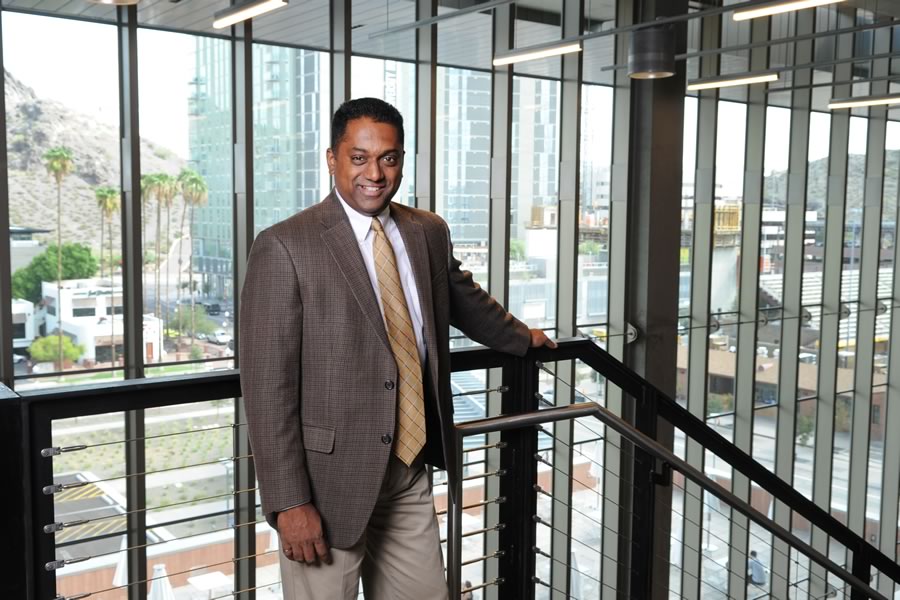
Sam Ariaratnam: Digging his way to the future
“ASU is a dynamic place. In real estate, it’s location, location, location. It’s the same in education. The Phoenix metro area has a dynamic construction industry and it is helping us build a world-class program.”Sam Ariaratnam is digging his way to the future. But...
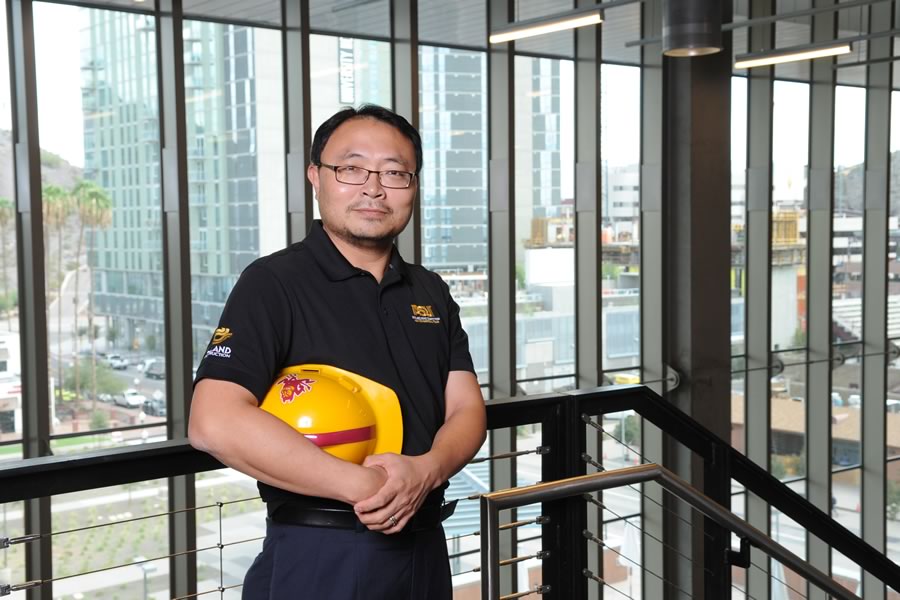
Oswald Chong: Seeking truth through data
Oswald Chong labels himself a skeptic. “I always question people indirectly as I don’t like to confront people directly,” said Chong, an associate professor in the Del E. Webb School of Construction, part of the School of Sustainable Engineering and the Built...
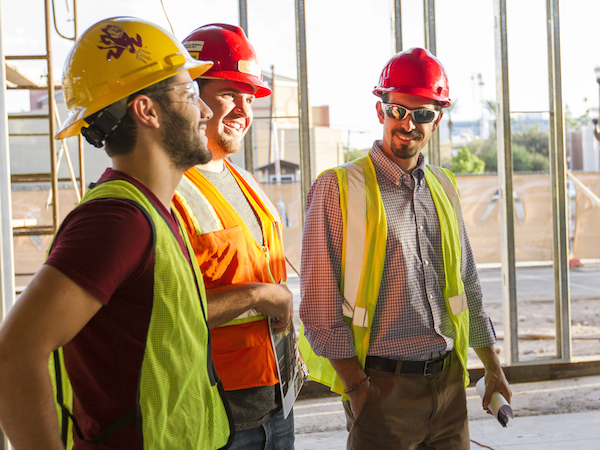
Mounir El Asmar: Looking to fuse disciplines
Mounir El Asmar has always been interested in multidisciplinary integration. Growing up in Beirut, Lebanon, and having gone through the French education system throughout his childhood, he juggled the idea of American versus French college education, and the majors of...
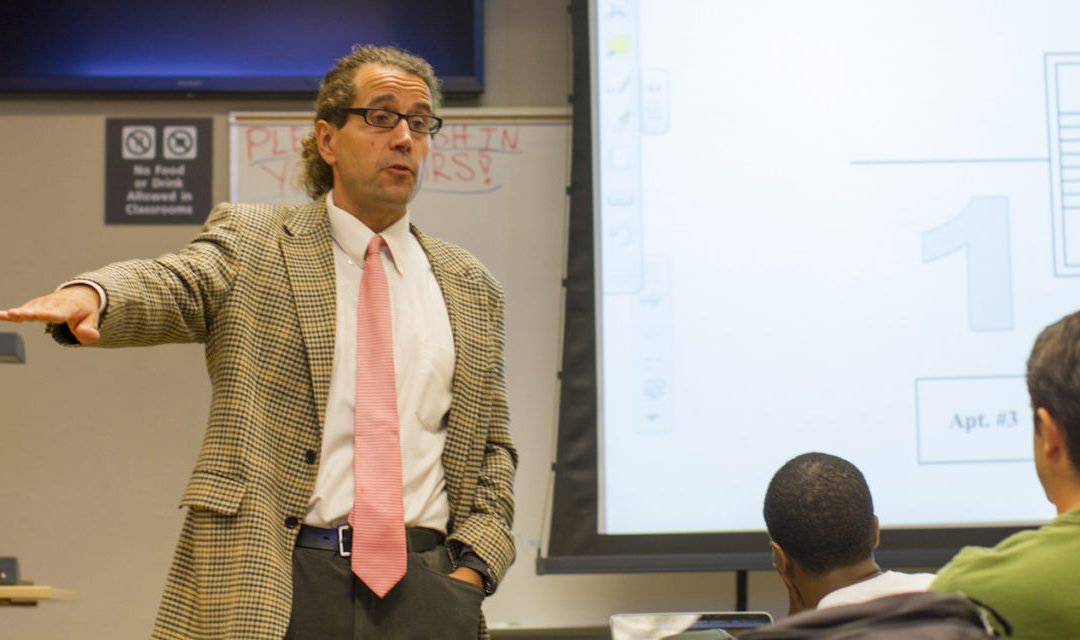
David Grau: The human element and variability
David Grau worked for years in the design and construction industry, and saw firsthand that the large complexity intrinsic to the delivery of capital projects resulted in variability and uncertainty. In turn, he observed that such uncertainty negatively impacts the...
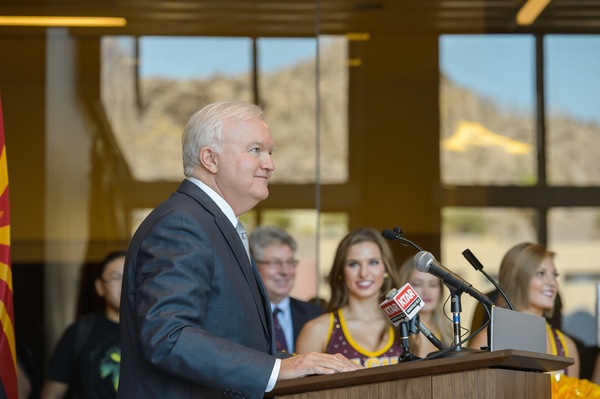
Edd Gibson: Leading through teaching and planning
“Planning is the intersection between business and engineering,” Gibson said. “Why are we doing the project? How should we proceed? What is the scope? It’s all about people and risk management, and this is when you have the largest influence on creating a successful...
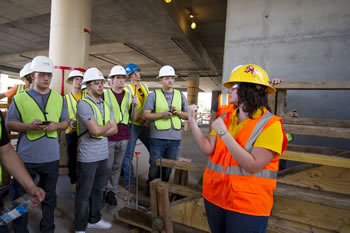
Kristen Parrish: A love affair with physics and teaching
Kristen Parrish – Sustainability Profile from ASU Engineering on Vimeo Kristen Parrish fell in love with physics in her 10th grade class in Michigan. “It was kinematic equations, figuring out how far you could drive a car up a ramp,” Parrish said. “I asked my...
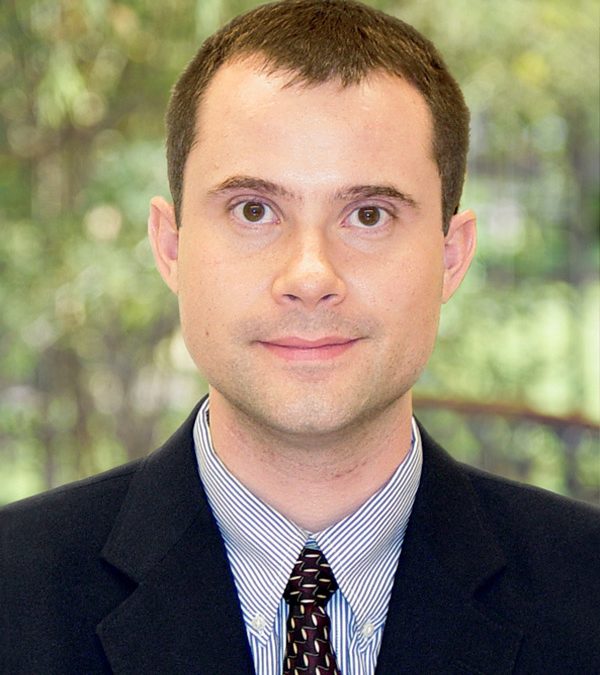
Kenneth Sullivan: ‘It’s all about people’
Kenneth Sullivan will tell you: Project performance? It is all about people. It always has been. “An efficiently engineered process can drive performance outcomes, but to truly optimize, the capability of the key individuals participating in that process is key. When...